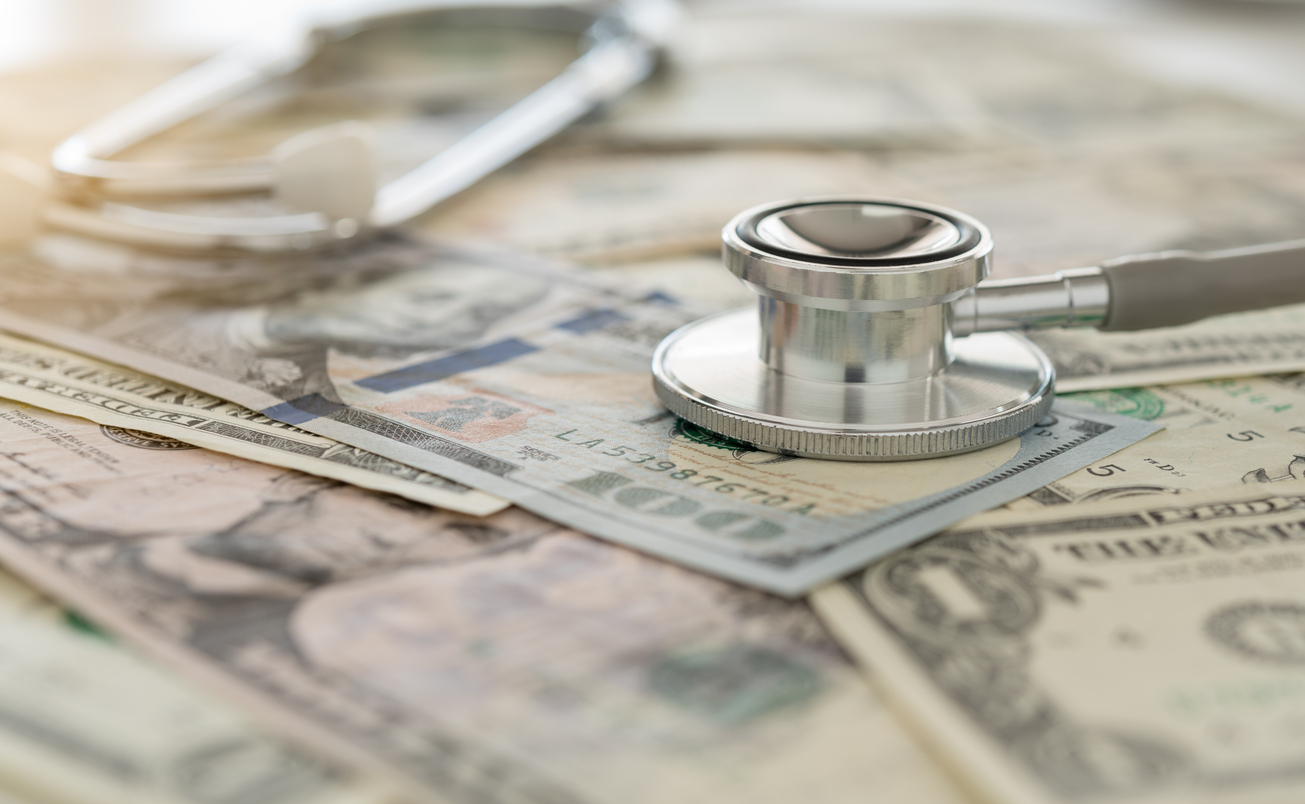A global pandemic did what no health expert or innovation has been able to do in decades. It significantly lowered health care spending costs compared to original 2020 projected levels for most U.S. employers that pay employee medical, dental and vision claims through insurance carriers. While carrier responses varied significantly, 2020 medical claims are projected to increase at a rate that is on average 5 percentage points lower than initially projected by U.S.-based insurance carriers due to COVID-19, according to Aon’s Mid-Year Carrier Trend Report released today by Aon plc, a leading global professional services firm providing a broad range of risk, retirement and health solutions.
The survey also reports that carriers forecast COVID-19 will increase U.S. employer medical claims by an additional 2 percentage points on average above normal trends in 2021. This will include costs for care that was postponed or skipped in 2020 as well as COVID-19 prevention and treatment that will be delivered next year.
“During 2020 plan year, we believe most self-funded employers will spend less money than what they have budgeted per employee,” said Tim Nimmer, Aon’s chief global actuary for health solutions. “This is an historic occurrence for the U.S. healthcare industry, but there is still uncertainty regarding COVID-19’s impact on deferred treatments and long-term health care. While employers navigate through different outbreak phases, our current expectation is that medical plan utilization will continue to normalize during 2021.”
Based on the carrier survey, if an employer initially budgeted $10,000 per employee on medical costs in 2020 (prior to COVID-19), then it is expected that employers would see claim reductions averaging $500 per employee due to COVID-19 net impacts. The actual impact will vary significantly between medical plan sponsors driven by demographics, industry, geography, and other factors. According to the Kaiser Family Foundation, half of Americans receive health insurance coverage through an employer.
The COVID-19 impacts for 2020 dental and vision benefit claims also will decrease budgeted costs further. Insurance carriers expect average downward cost impacts of 15 percent for dental benefits and 8 percent for vision. Carriers do not expect COVID-19 to materially impact this year’s prescription drug costs.
|
Forecasted COVID-19 Impacts on U.S. Benefit Costs* |
|||
|
2020 |
2021 |
||
|
Medical |
-5% (-10% to +4%) |
2% (-4% to +5%) |
|
|
Dental |
-15% (-30% to 0%) |
NA |
|
|
Vision |
-8% (-10% to 0%) |
NA |
|
|
Rx |
None |
NA |
|
|
*Parentheticals in chart represent range of carrier responses, further displaying the potential volatility in results based on factors such as geography, demographics, etc. |
|||
“Affordability of health care will continue to be a major challenge for employers,” said Will Sneden, U.S. Health Solutions practice leader for Aon. “Despite the short-term cost savings for many payers this year, the COVID-19 pandemic will continue to provide a level of uncertainty that employers must monitor carefully. Employers must continue to be more creative with their health strategies to control costs and use more insightful tools to help them make better decisions, both for themselves and for their employees.”














